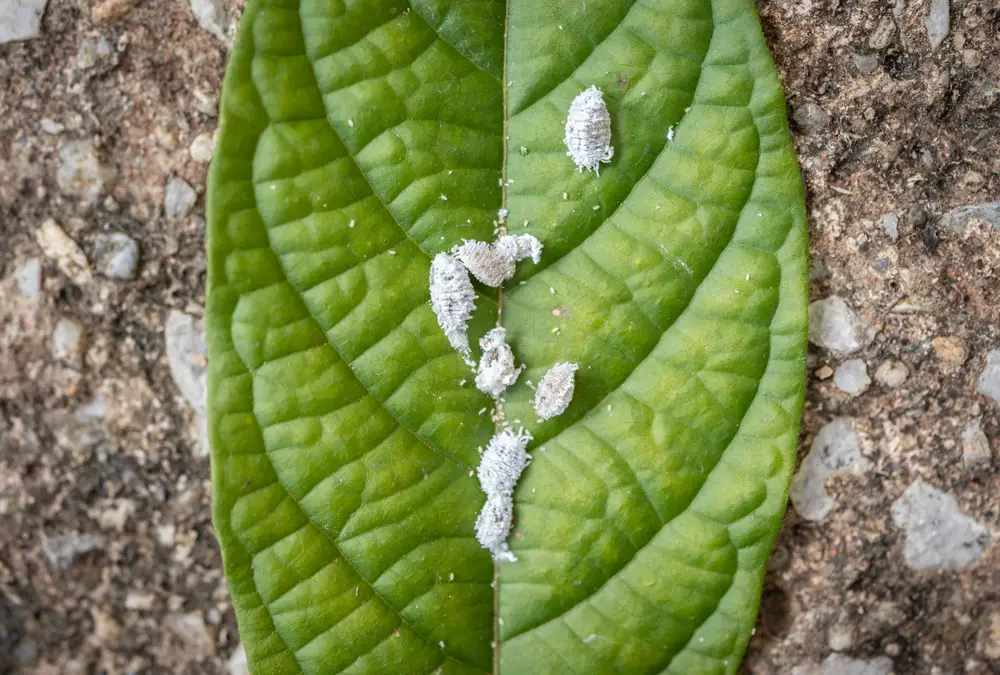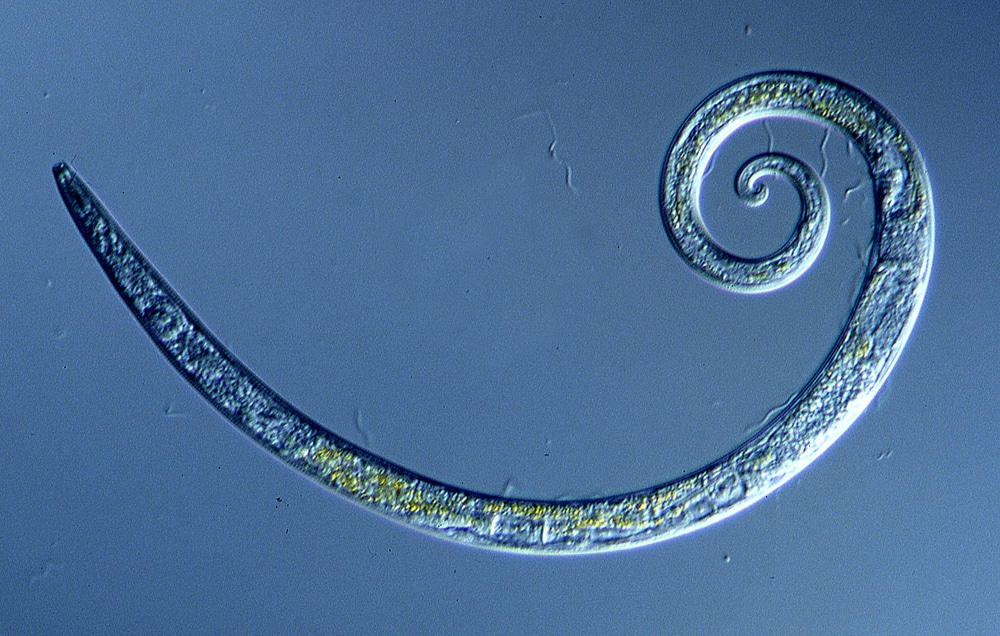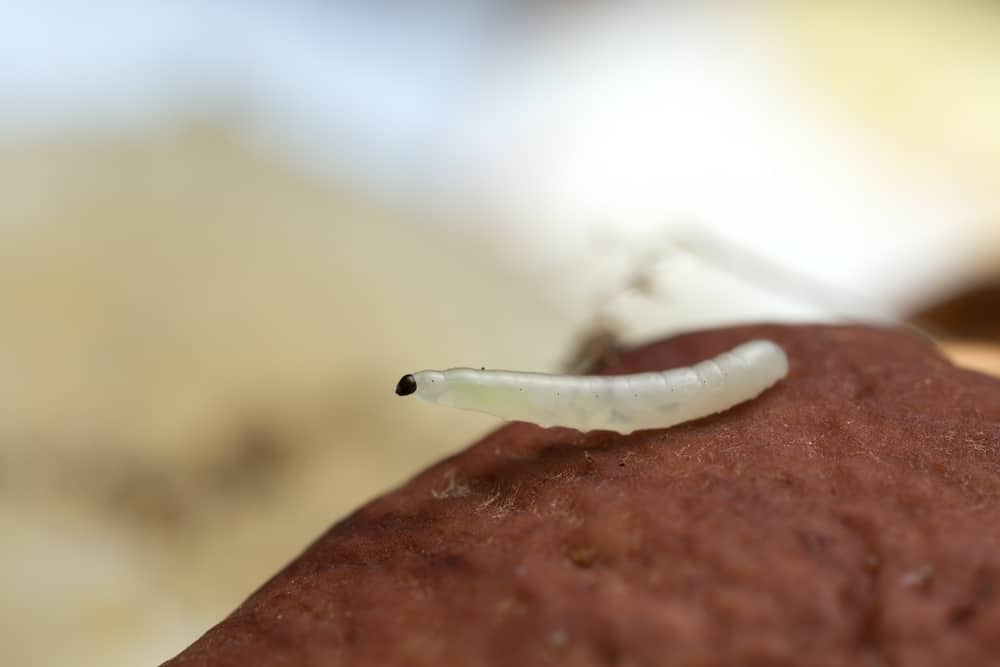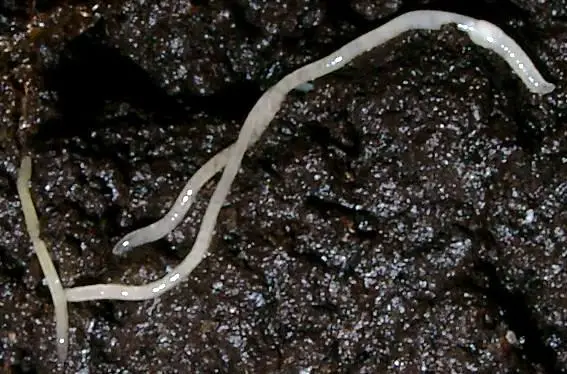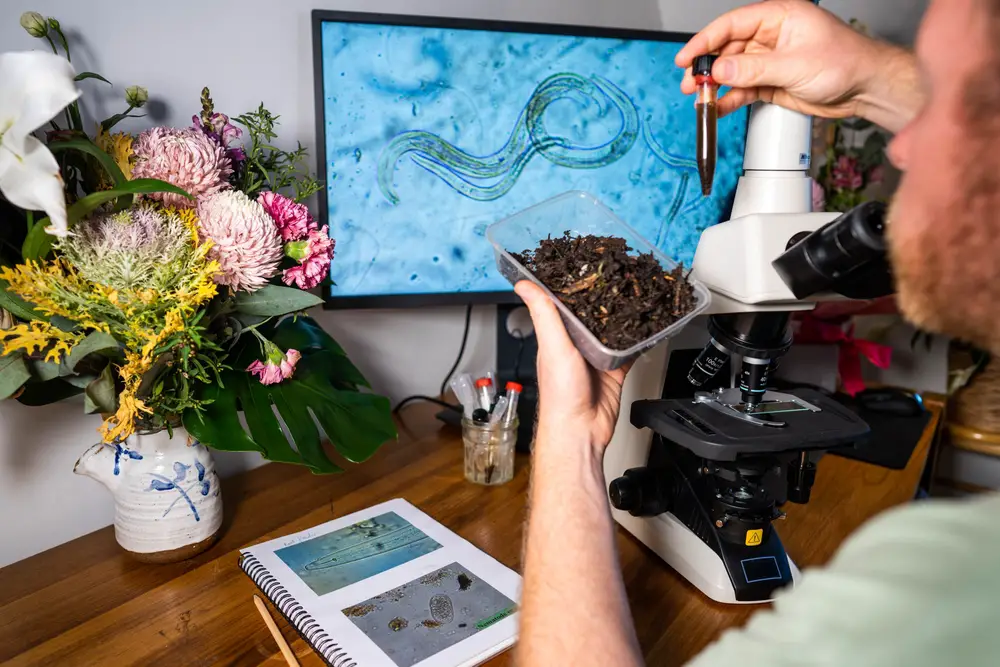Creeping weeds are a recurring problem for many gardens with these unwanted residents returning year after year, often with increasing vigour.
These weeds are a source of exasperation for many gardeners who spend a lot of time and money on getting rid of them without success.
Knowing what a creeping weed is and how it spreads means you can target these weeds for control or eradication effectively.
In This Article: We will explain what creeping weeds are and provide examples of the common culprits that will want to infiltrate your garden.
What Are Creeping Weeds?
Creeping weeds are perennial plants that are small and grow close to the ground.
These weeds may be procumbent or vine growing, but others are simply low-growing plants that do not achieve significant vertical height or climb.

Perennial creeping weeds live for over two years.
Unlike simple perennials, these creeping weeds do not primarily spread through seed drop but use seed and their roots, rhizomes (main underground stem), and stolons (above ground runners that can become a new root/stem) to achieve geographical spread.
The distribution of their energy-storing roots and tubers make creeping weeds effective at taking over territory.
Creepers are often fast-spreading, returning again and again to infiltrate lawns and other grounds.
Getting rid of these weeds usually takes more than a one-off uprooting as the weed will regrow from root remnants beneath the surface.
The fact that creeping weeds use multiple reproductive mechanisms also contributes to their stubborn persistence.
Creeping Weed Reproduction
Creeping perennials are a big problem because they have more than one method of reproduction.
These weeds will target your grounds using a two-pronged attack:
- The production of seeds: this is the sexual reproduction that is common to all plants where pollen (male) fertilizes the stigma (female) producing fruit and seeds that give rise to a new plant. Simple weeds are effective enough at disseminating hundreds or even thousands of at a time to perpetuate themselves. Creeping weeds also have a backup which, in some ways, is even more prolific.
- Vegetative (asexual) reproduction: Perennial creeping weeds propagate by relying on their vegetative organs. Stems, roots or leaves can give rise to an entirely new plant in a new location using rhizomes, tubers, stolons, bulbs, and corms. Though these vegetative organs do not last as long as seeds they are reasonably persistent and easily overwinter.
Lookout for These Common Creeping Weeds!
Creeping Charlie
Also Known As: Glechoma Hederacea, Ground-Ivy, Field Balm, Gill-Over-the-Ground, Creeping Jenny, Tunhoof, Catsfoot, Run-away-Robin, Alehoof
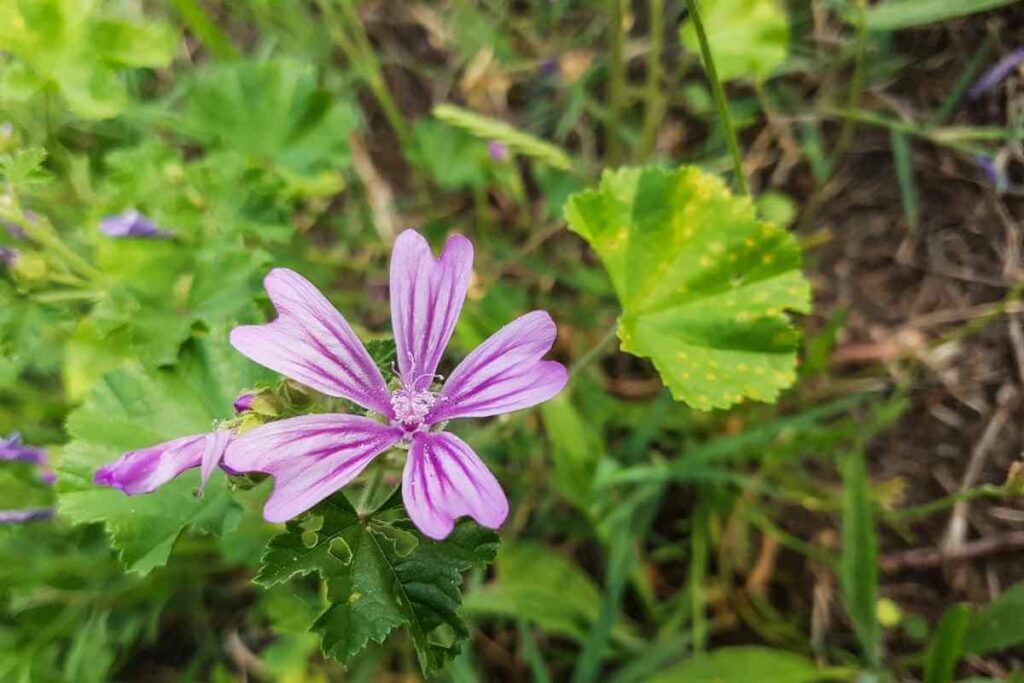
Distribution: Native to Europe, invasive in North America
Description
Creeping Charlie is an aggressive weed that is known for growing in lawns across North America.
It is very difficult to eradicate because of its extensive root system, vigorous growth and spread by stolon or seed.
Ground ivy has fan-shaped, opposed leaves with round toothed edges on square stems which can root at each node.
In the spring it brings forth funnel-shaped blue-violet flowers that grow in clusters.
Creeping Charlie can quickly infiltrate a lawn but never grows over 30 centimetres in height.
Creeping Thistle
Also Known As: Cirsium Arvense, Canada Thistle, Field Thistle
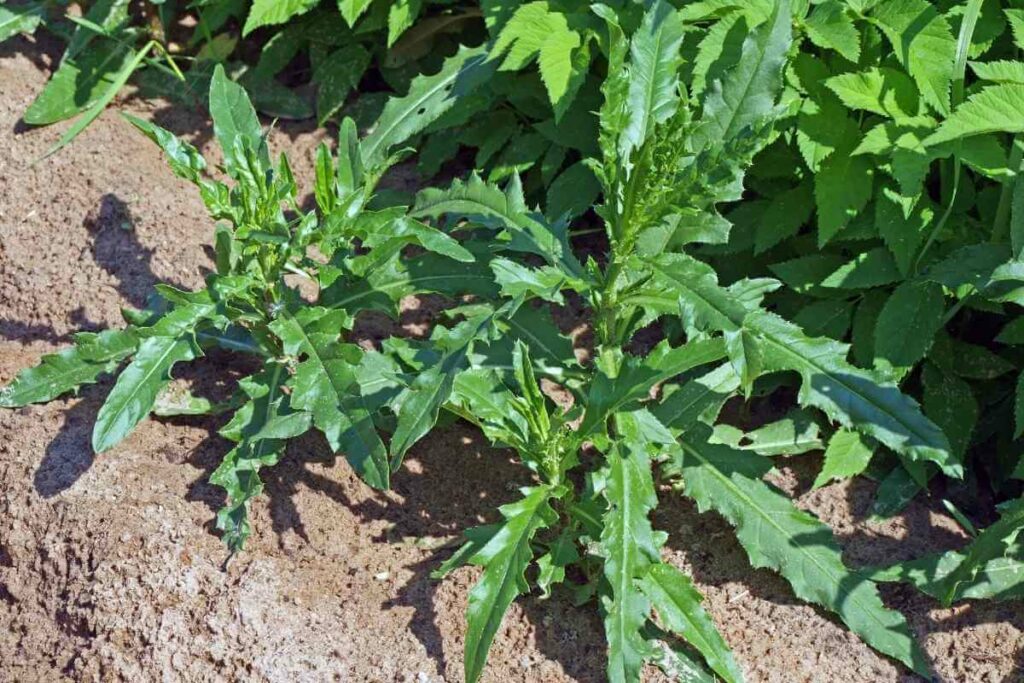
Distribution: Native to Europe and the Caucasus, invasive in North America
Description
Creeping thistle is a herbaceous perennial that literally clones itself to form a network of interconnected weeds.
The flowering shoots also spread seeds similarly to dandelions.
With this two-pronged attack, the Canada thistle can spread over massive areas, returning again and again.
For Example: It can also tolerate a wide range of herbicides because of its fast turnover.
Quackgrass
Also Known As: Elymus Repens, Couch Grass, Quick Grass, Quitch Grass, Quitch, Dog Grass, Quackgrass, Scutch Grass, Common Couch, Twitch
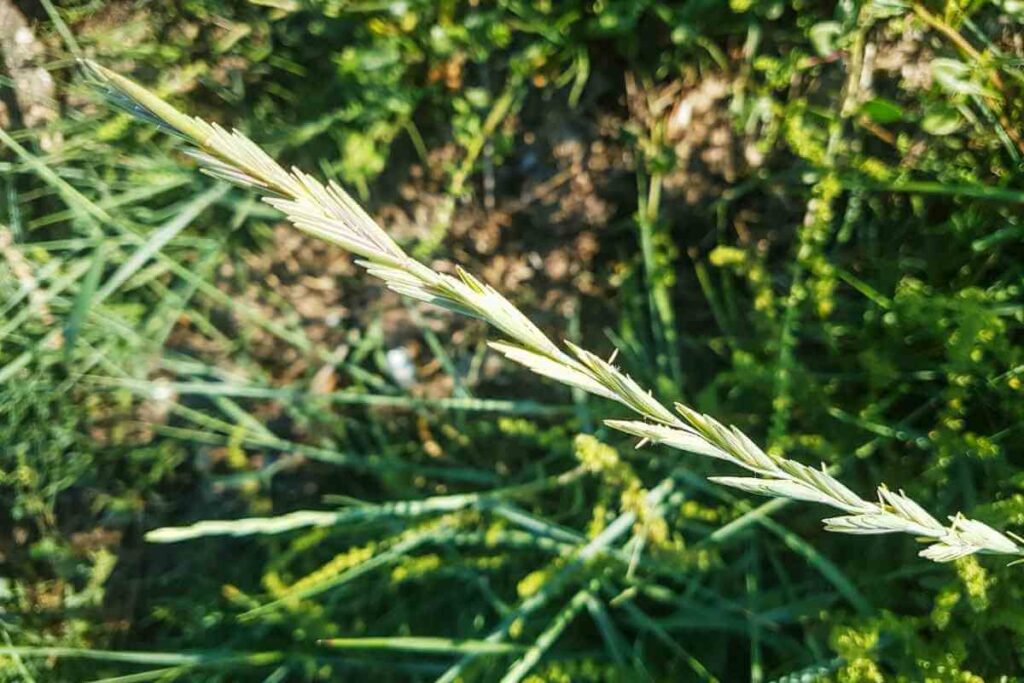
Distribution: Native to Europe, Asia, and northern Africa, invasive in North America
Description
This grass was introduced into dry areas on the west coast of the United States to help combat soil erosion.
However, it has become an invasive weed and its creeping pattern of growth makes it very difficult to eradicate.
Quackgrass uses creeping rhizomes to drive its aggressive spread.
Its flat hairy leaves are purely to provide the photosynthetic engine for its subterranean network of vegetative organs.
Elymus repens has leaves that are up to 40 centimeter long and in June through August produces a 30 centimeter flower spike comprising multiple florets.
Bermudagrass
Also Known As: Cynodon Dactylon, Dhoob, Dūrvā Grass, Ethana Grass, Dog’s Tooth Grass, Bahama Grass, Indian Doab, Arugampul, Grama, or Wiregrass

Distribution: Native to Europe, Asia, Africa, invasive in the Americas
Description
Bermudagrass is a perennial creeping weed that can establish expansive root networks of over 2 metres in-depth, even in poor soil.
Cynodon dactylon has become a feature of warm climates and is an invasive weed in the southern US states.
Above ground, it is a grass with grey-green blades on an erect stem.
Like other creeping weeds, Bermudagrass reproduces using seeds, stolons and rhizomes.
In the presence of cold temperatures, or shade its growth slows or becomes dormant.
Field Bindweed
Also Known As: Convolvulus Arvensis, Lesser Bindweed, Withy Wind, European Bindweed, Perennial Morning Glory, Creeping Jenny, Possession Vine
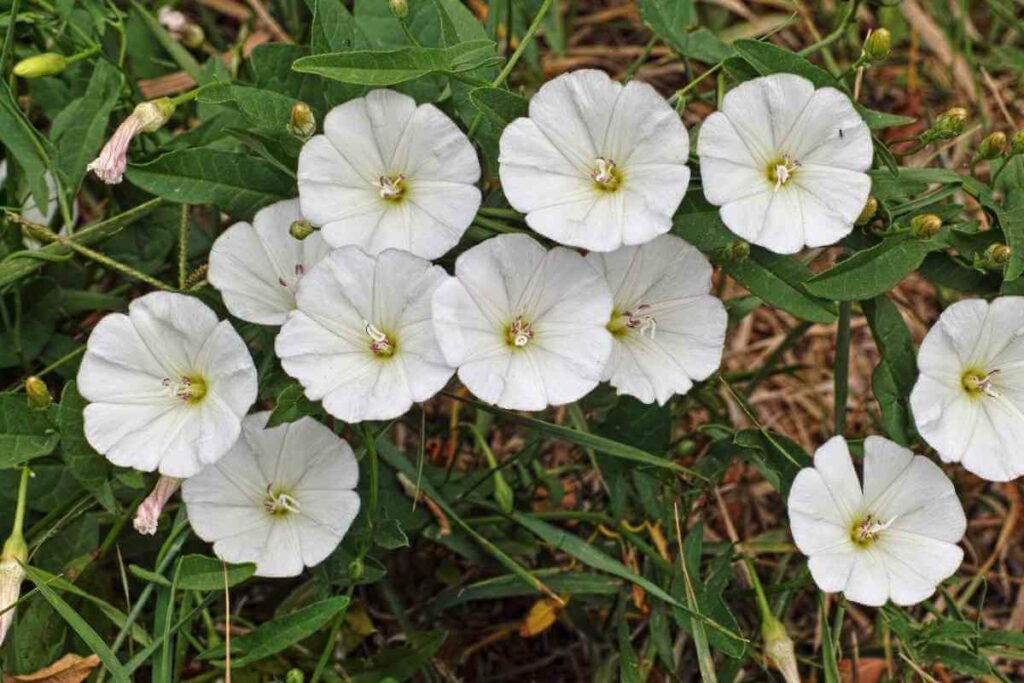
Distribution: Native to Europe, Asia, Africa, invasive in the Americas
Description
This creeping weed is known for its large trumpet-shaped flower that can be cream or pink.
Each flower only lasts for one day but produces a non-descript brown fruit with seeds that can survive for decades before germinating.
Field bindweed achieves its rapid spread through long creeping underground stems (rhizomes) that are difficult to dig out.
In winter this weed often dies back but will soon re-emerge through the growth of the rhizomes.
Field bindweed spreads rapidly and actively targets cultivated land. This creeping weed can compromise a field of agricultural crops in a quick time.
The agricultural costs of Field bindweed are in the hundreds of millions of dollars.
Nutsedges
Also Known As: Cyperus, Nutgrass
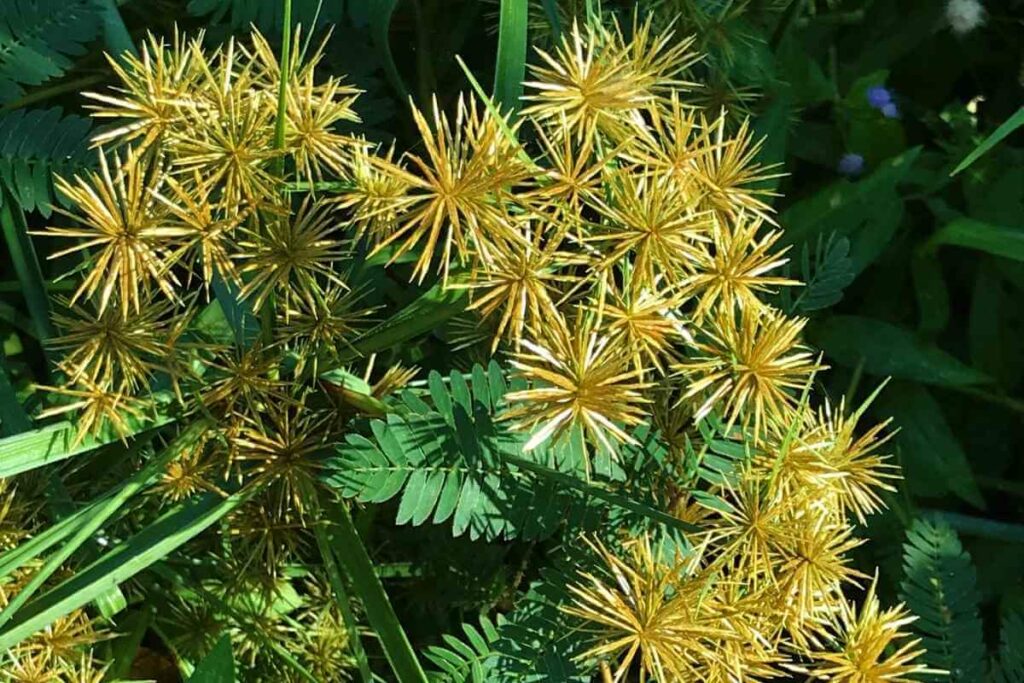
Distribution: Invasive in the Americas
Description
These grass-like weeds have stems that have a V-shaped cross-section with thick leaves that are grouped in threes.
Cyperus produces green flowers that yield seeds that are disseminated by the wind. Nutsedges are usually found near water or growing in shallow water.
There are over 700 individual species of nutsedge, which vary in size and height and are commonly found in tropical regions.
The Ancient Egyptians used other members of the sedge family to make papyrus.
Like the other creeping weeds, nutsedges are extremely persistent and rely on their rhizomes to propagate over enormous distances.
These vegetative organs are typically a foot below ground, and may be dug up.
In Winter: The foliage above ground dies back, with fresh growth from the rhizome emerging in the following spring.
Controlling the Common Creeping Weeds
If you want to be successful at targeting these stubborn, creeping weeds, you will need to take a multifaceted approach.
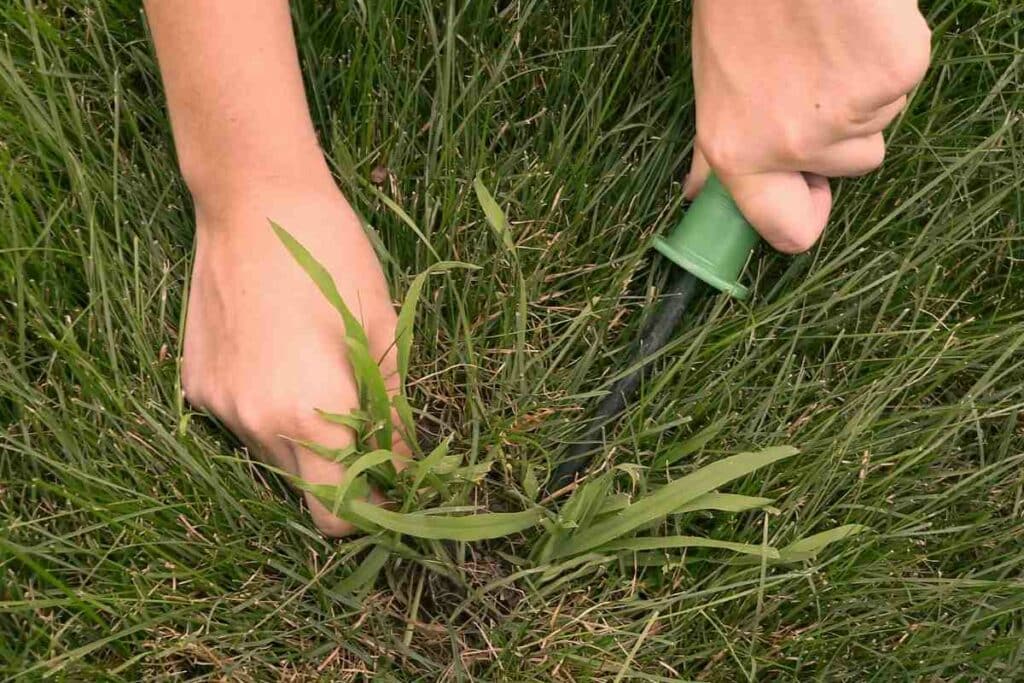
Any control methods used on creeping weeds should match the multiple methods of reproduction and propagation being used by these pernicious weeds.
Here are your options.
Prevention
With creeping weeds, prevention is definitely better than cure.
Here are some simple steps you can take to make a success of preventing the spread of creeping weeds:
- Use clean crop or plant seed, animal feed or hay. There are all potential sources of seeds from weeds that can be inadvertently dispersed.
- Clean machinery or garden equipment that has been used in a weed infested area, or that is moving between fields or gardens.
- Crop rotation can reduce the opportunities for weeds to establish themselves in a particular area.
- Take care with composting and manure storage as viable seeds, roots and rhizomes can persist and regrow.
Mechanical Control
Cultivation is underrated as a strategy for managing weeds, but farmers will attest to its effectiveness.
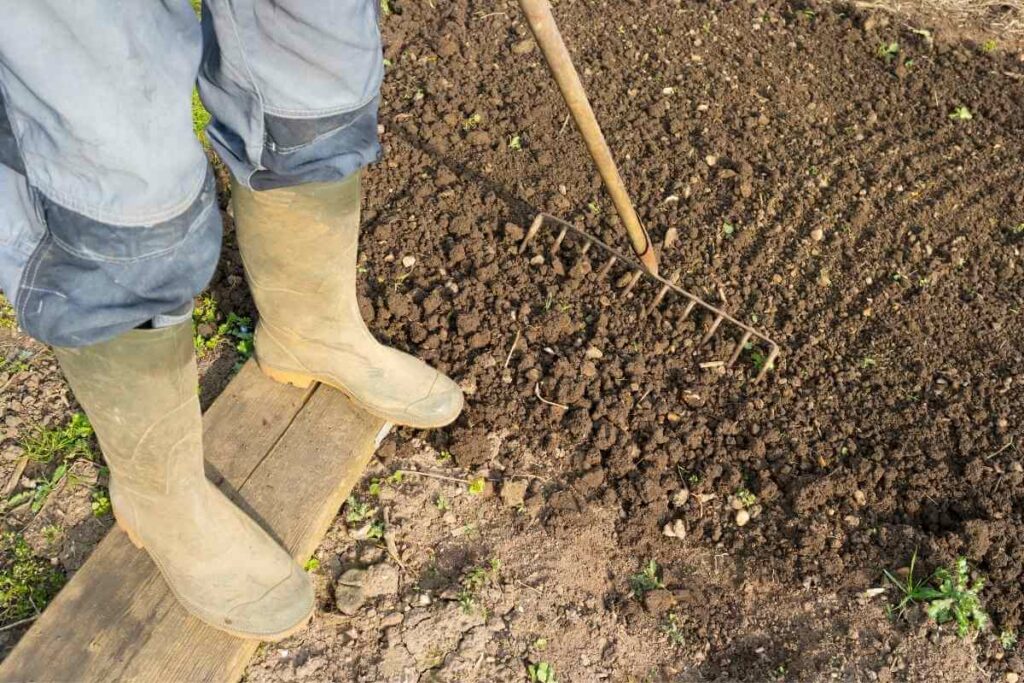
By cultivating the soils around your plants and crops you are disrupting weeds and denying them the opportunity to establish themselves and develop their vegetative organs:
- Disking the ground following plowing has been shown to be effective in controlling weeds in extensive fields. The blades of the discs cut up and destroy vegetation that remains in the field prior to sowing.
- Frequent mowing and cutting also prevent weeds from growing leaves to feed their storage organs and cutting off the growth of desired crops and plants.
- Hand weeding and hoeing is a basic method that is suitable for a back garden
- Mulching prevents weeds from getting the sunlight they need to sprout or germinate.
Herbicides
Controlling perennial creeping weeds with herbicides is a protracted affair.
It can take up to 3 years to make headway on eradicating some of these species.
In addition, herbicides alone will not work, and require mechanical management to impact the growth of established weeds.

Herbicide will kill weeds if they can get into the vegatiatve organs and roots of the weed.
The best time to achieve this is usually in early autumn when these perennials are actively moving sugars and nutrients to their roots for storage for the winter dormancy.
Application of herbicides may also be effective with the appearance of buds on the weeds as it can transport these chemicals to the roots with the products of photosynthesis.
Biological control
Biological control would be an ideal solution for creeping weeds, but most adopted methods take a long time to have an impact.
Pests, parasites and pathogens that are used to manage weeds are often poorly targeted, meaning crops and plants can be damaged too.
Rounding Up
Creeping weeds have certainly developed some fiendish methods for waging war in gardens, parks and fields.
Battling these persistent weeds can demoralise, but by varying and combining methods and approaches, you can have genuine success in eradicating creeping weeds from your soils.

